Top Grammar Mistakes and How to Avoid Them
Let's chat about my students’ top grammar mistakes in English class and how to fix these grammatical errors with simple and fun foldable ideas. Accordingly, these easy fixes will allow the teacher to correct grammar without feeling like the grammar police (although I do have a foldable for that, too…). Ha ha ha!
Top Grammar Mistakes
Commas
Teaching commas, of course, requires a bit of prior knowledge, especially for our older students. For this reason, I like to really take on the role of grammar police with this lesson. Most of the time, students misuse commas simply because they can't remember all of the comma rules. Finally, help erase commas from the top grammar mistakes category.
The importance of commas.
Let's start off by talking about the 11 laws I use to teach the importance of commas: items in a series, addresses, dates, restrictive phrases and clauses, titles or initials, interruptions, appositives, dialogue, interjections, introductory phrases and clauses, and compound and/or compound-complex sentences.
Grab these in my Grammar Interactive Notebook here.
Incorrect Capitalization
Remember, students have different ways they have learned capitalization rules throughout their entire school career and it is our job to reinforce those rules. One of the foldables I like to use at the beginning for the year is strictly for rules and they place these at the front of their notebook to check back on if they ever need help remembering.
Capitalization Rules
Capitalize all proper nouns and adjectives; all educational courses but not the name of the subject; abbreviations; organizations; titles; places; first word of every sentence; and words in titles except articles.
Spelling
The only rule for spelling in English is that every rule has at least one exception! Given this, some teachers teach spelling using “modern” methods, while others like to teach spelling rules in a more traditional way. Remember this, however – the “rules” are just basics that cover the majority of words of a single type, but ultimately – RULES ARE MADE TO BE BROKEN. 🙂
Spelling Rules
I like the spelling color wheel and have my students refer back to it throughout the year.
Sentence Fragments
Sentence fragments are just a part of the learning process for our students. Unfortunately, every student will at some time encounter a sentence fragment. In that case, the best thing we can do as teachers is to encourage them to keep writing and teach them what it means to write a sentence properly.
Is it a sentence?
One way I encourage my students to write in complete sentences is to teach them to ask themselves: Is it a sentence? I like to cover the basic elements of a sentence and take this entire day to play a fun game. We play “Operation Sentence.” I build anticipation by having the students dress up like doctors and do surgery on different types of sentences. A complete blog post will be coming up on this soon. Here are some of the foldables we do on Operation Sentence. Students will determine what phrases are fragments instead of sentences and then piece them back together to create complete sentences.
Appositive Phrases
Apposite phrases are something I love to teach! These types of phrases are usually introduced in the primary grades and continue through middle school. Though students usually don’t have difficulty with providing the extra information for an appositive, punctuating appositives correctly is often tricky for them.
What's an appositive phrase?
When I teach appositive phrases, I chat about the word “eggggstra.” Appositive phrases are just extra information added into a sentence that don't change the meaning of the sentence if they are removed. We remember this by saying “egggggstra information.”
Homophones
Again, homophones are also something I have always loved to teach. For my students, the list of commonly mistaken homophones is usually related to texting. Unfortunately, what's even worse is that social media has become a breeding ground for poor grammar and a serious mix up of homophones. In that case, I feel like I need to really be the grammar police on some of these basic words. When teaching these terms, I hand out this fun mobile foldable, and we write down the first ones that come to mind.
List of Common Homophones
Meanwhile, here are some common homophone errors I see on a daily basis are :
to/two/too
affect/effect
there/they're/their
are/our
want/won't
than/then
witch/which
here/hear
Active and Passive Voice
Help students understand that knowing the difference between the two terms “active” and “passive” will help them better understand active and passive voice and will ultimately affect their writing for the good.
Active and Passive Voice Practice
Secondly, I like to teach active and passive voice with Zombies! Upper elementary and middle school students love this! In addition, one of my favorite websites when teaching is Flocabulary. Luckily, you can find their rap on active and passive voice here and check out their lesson on teacher resources here. In fact, the foldables that we practice on are below. Just in time for halloween! You can find matching erasers for this eyeball foldable at Oriental Trading.
All of these grammar tips and tricks for top grammar mistakes are available in my Grammar Interactive Notebook for Grades 4-8. If you're interested, you can grab it here. Thanks for reading! In fact, let me know down in the comments section if you have these same issues in your classroom. If not, what top grammar mistakes do you see on a daily basis?
Resources you may also love:
Reading Interactive Notebook
Writing Interactive Notebook
Reading Passages for the Entire Year
Leave a Reply Cancel reply
This site uses Akismet to reduce spam. Learn how your comment data is processed.
Behind-the-Scenes Secrets to TPT Success
This training will not only show you how to make the perfect TPT resource...
l'll also teach you how to make sure it ranks #1 in search (because getting found is how you get paid!) and the secret to rocking your resource marketing!
Seats are limited; sign up now!
3 Steps to Sell Your Resources Like Hotcakes on TPT and Beyond…
save me a spot!
FREE WEBINAR
In this training, I'll show you how to build an online membership in 90 days, so you can have consistent income (in addition to your teaching salary) all year long!


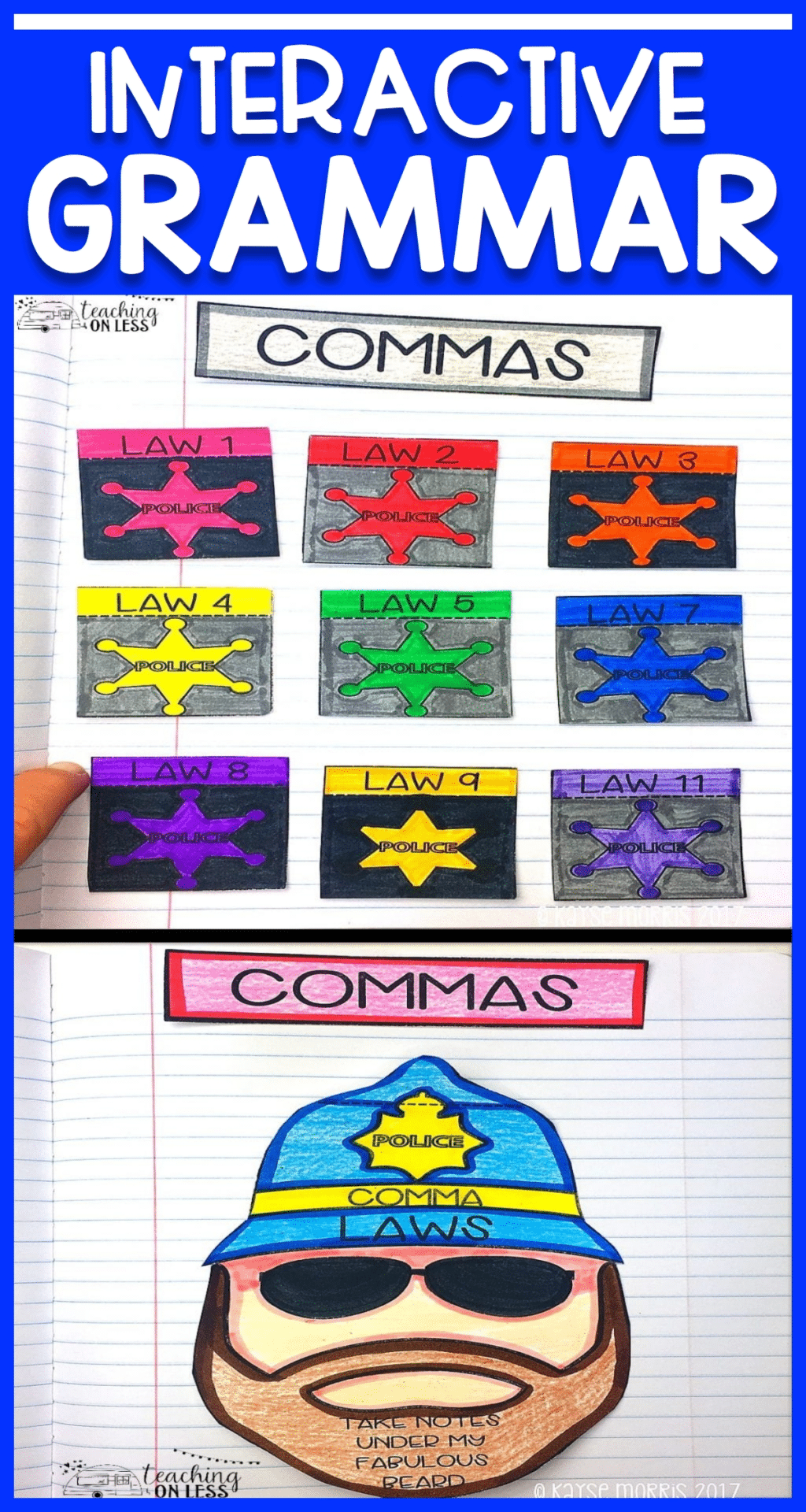
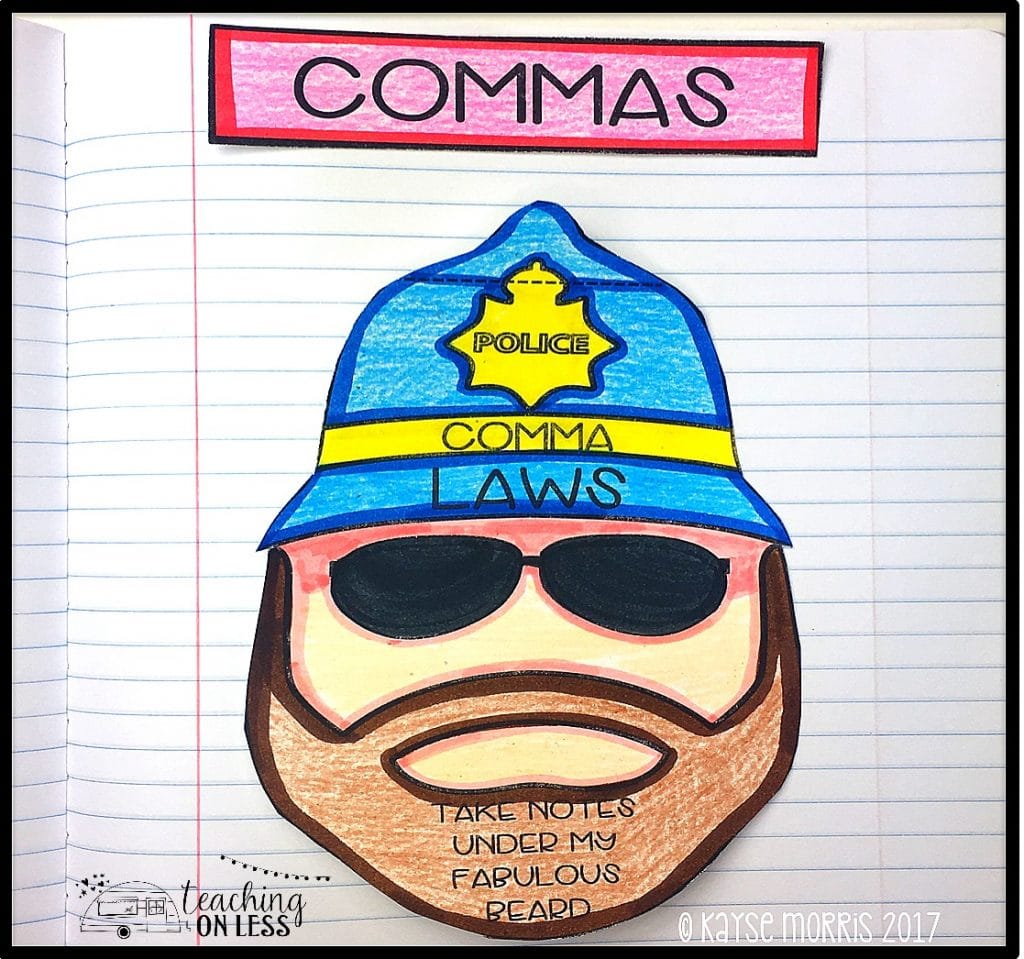
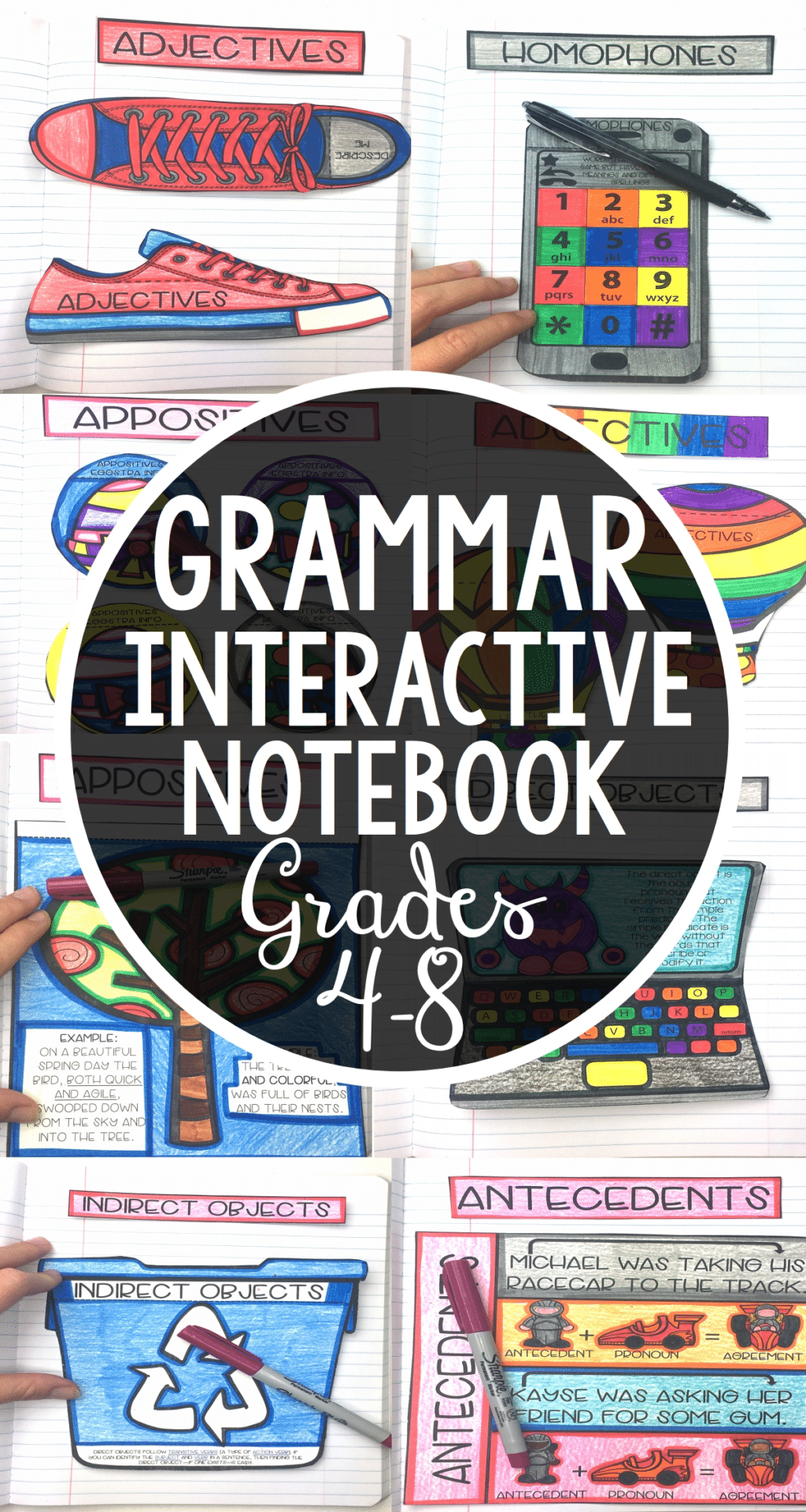
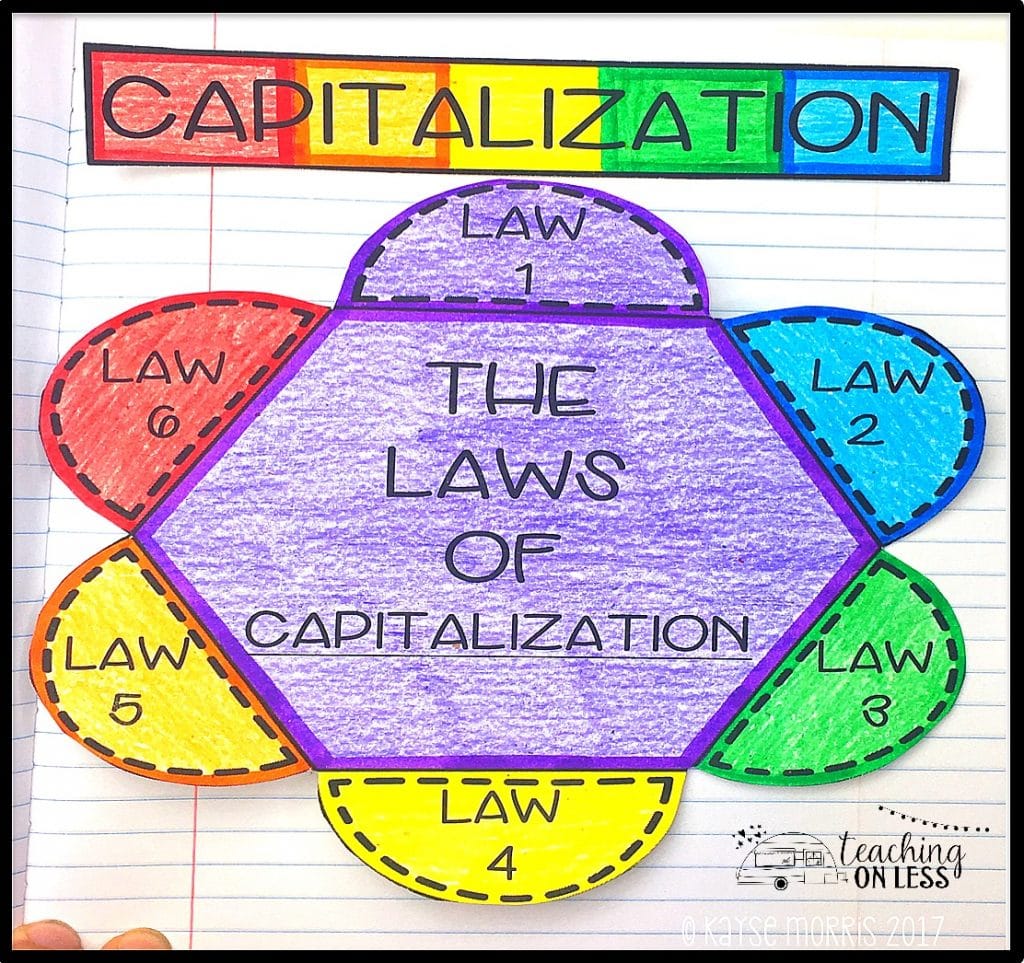
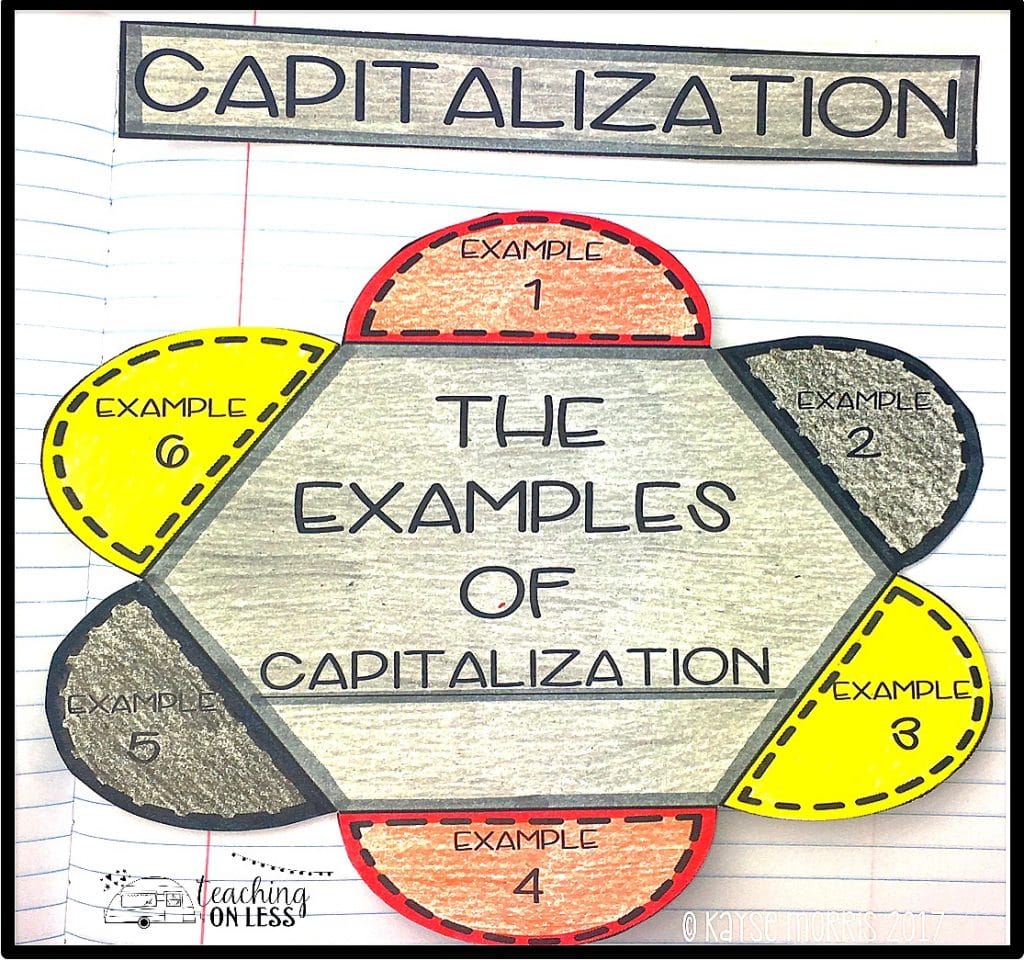
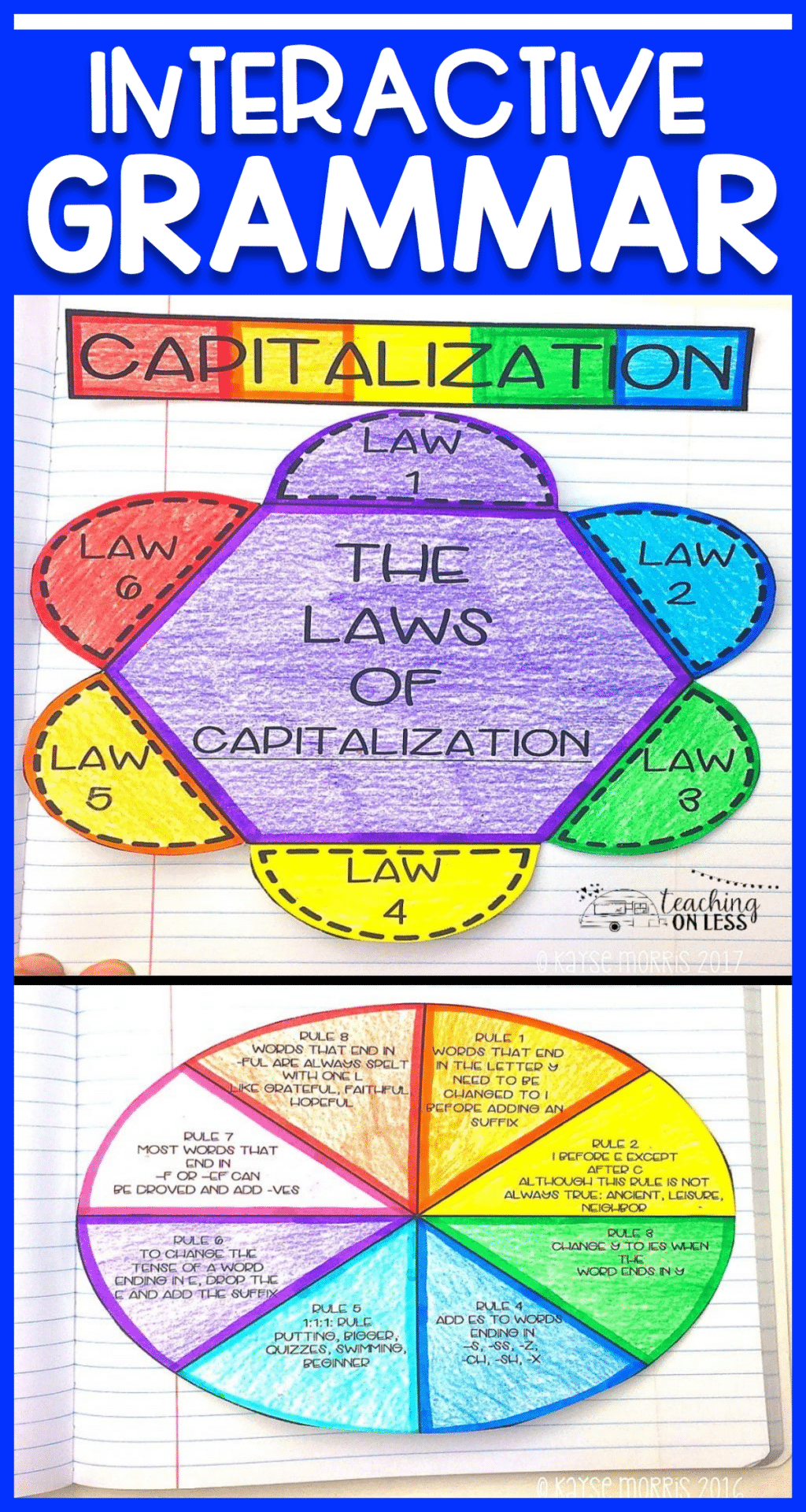

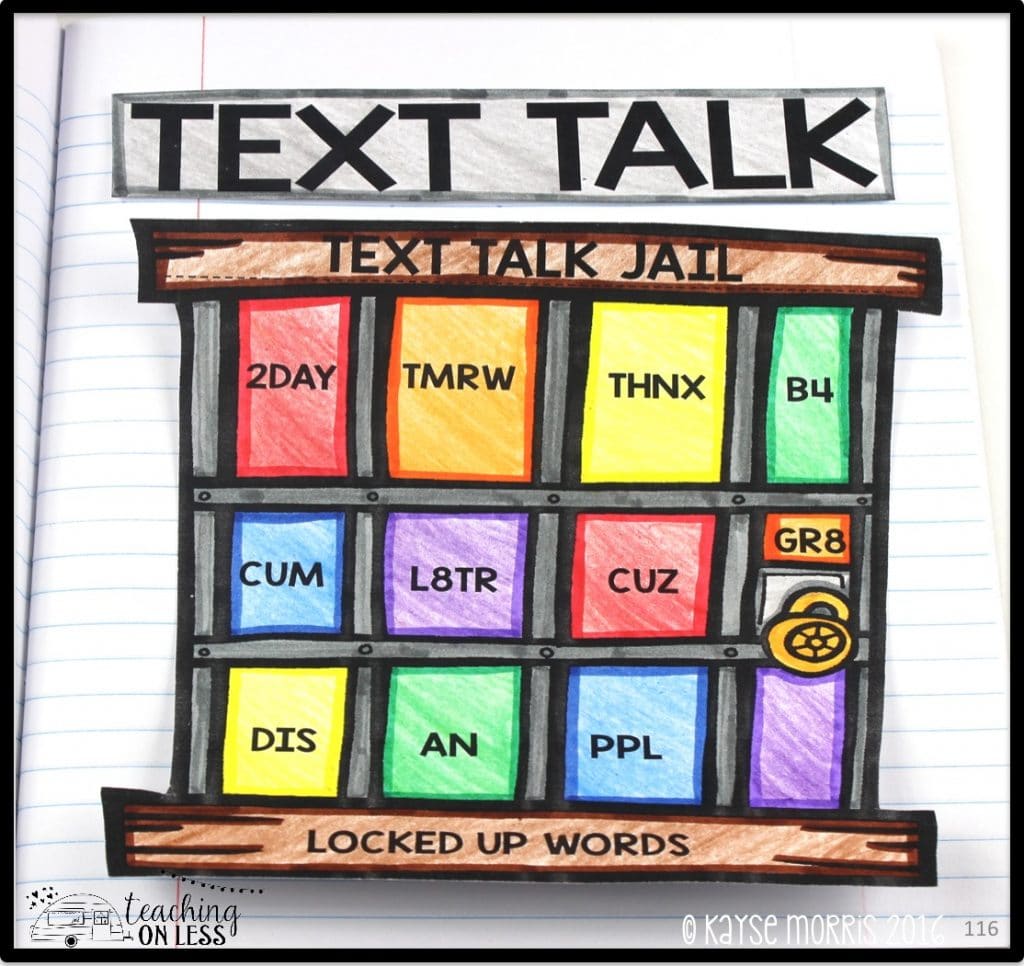


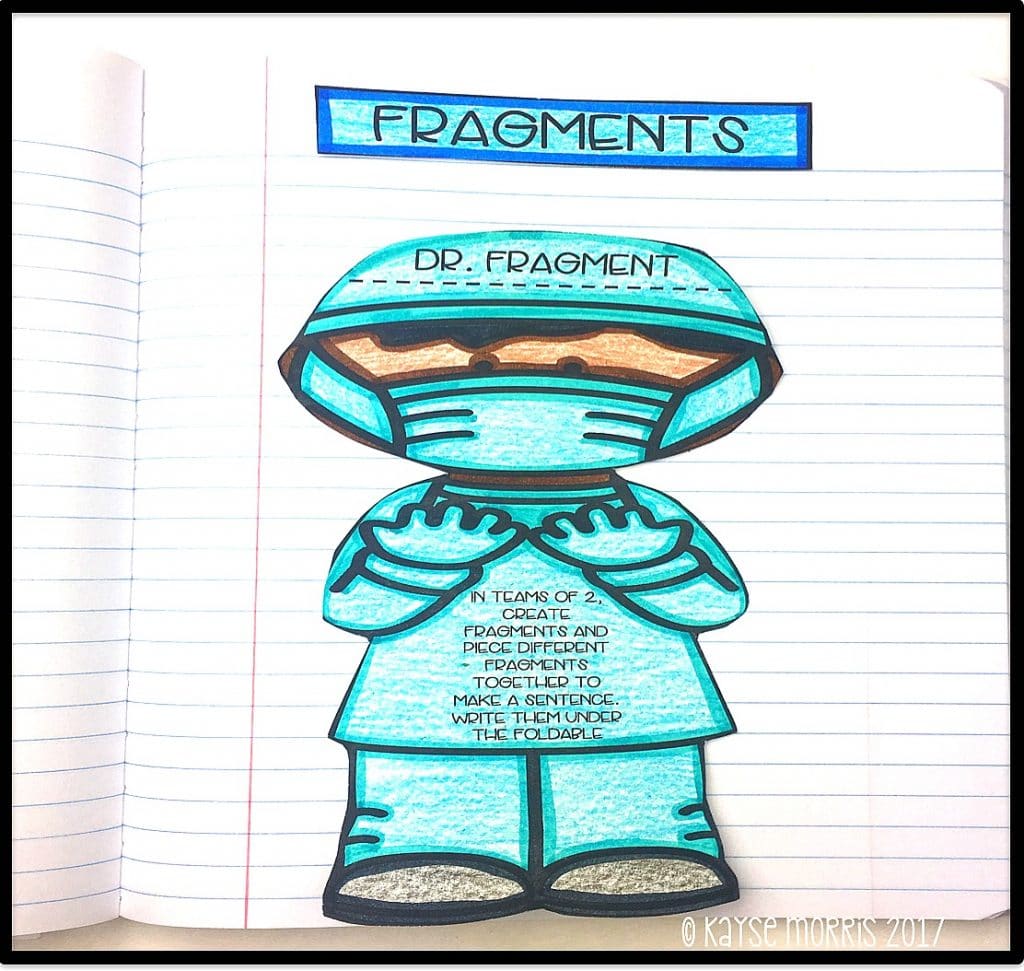
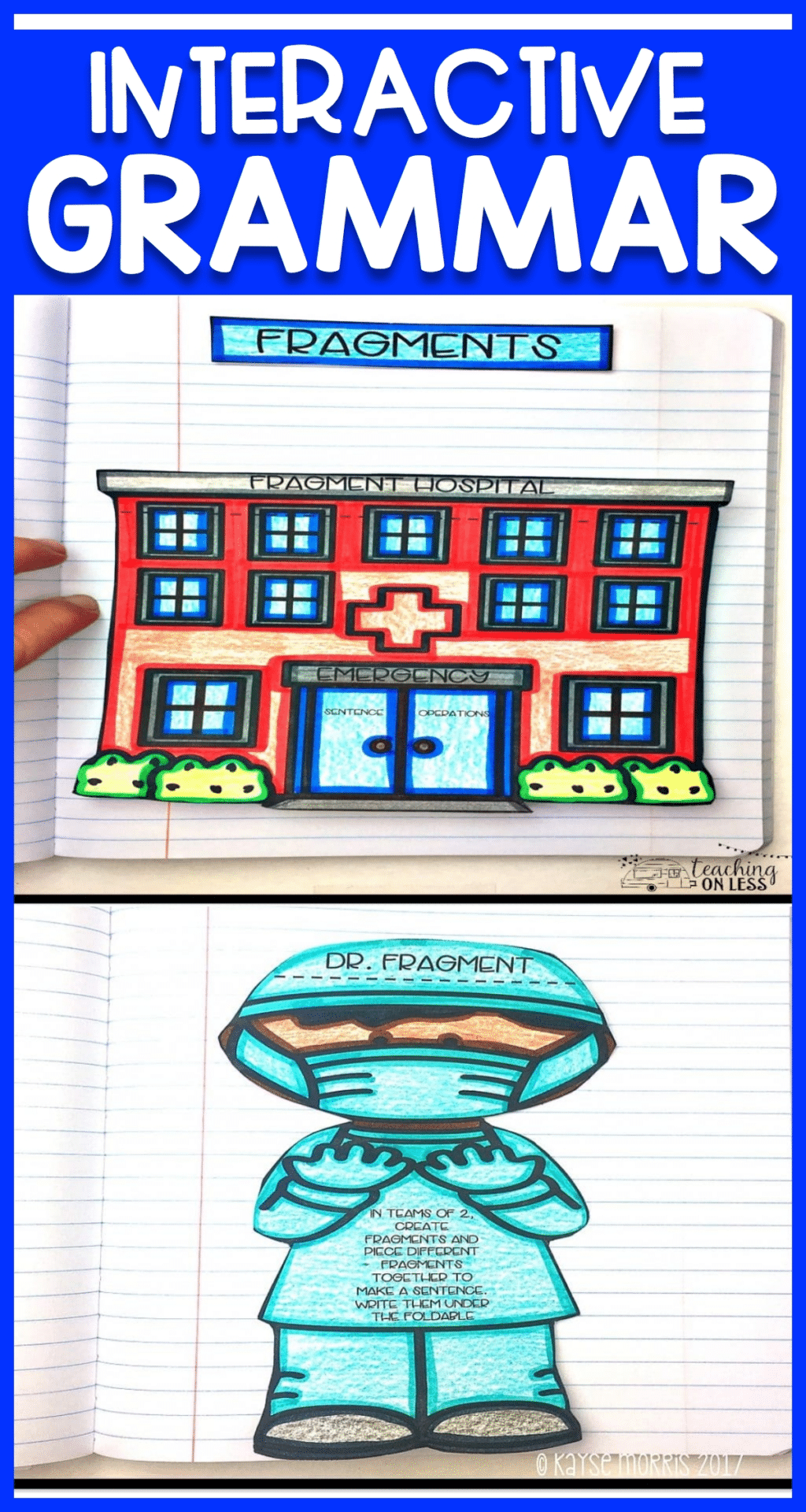
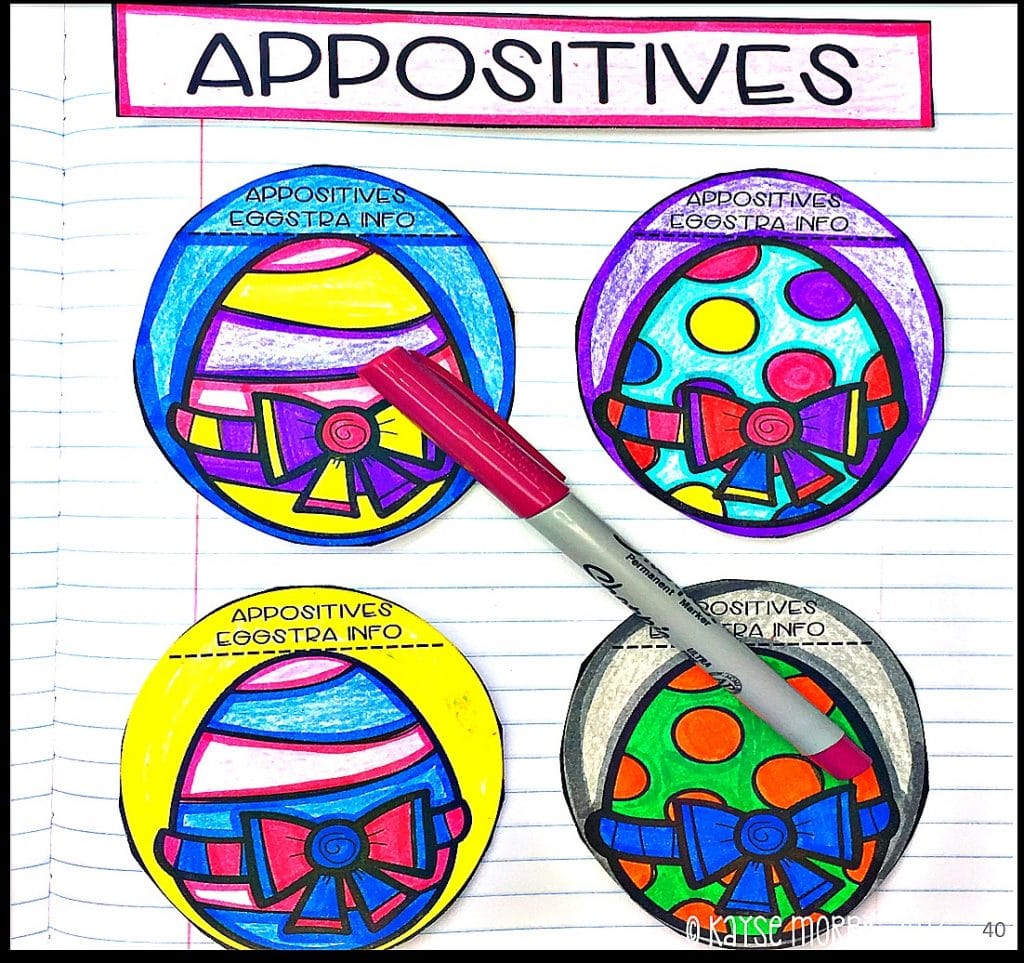
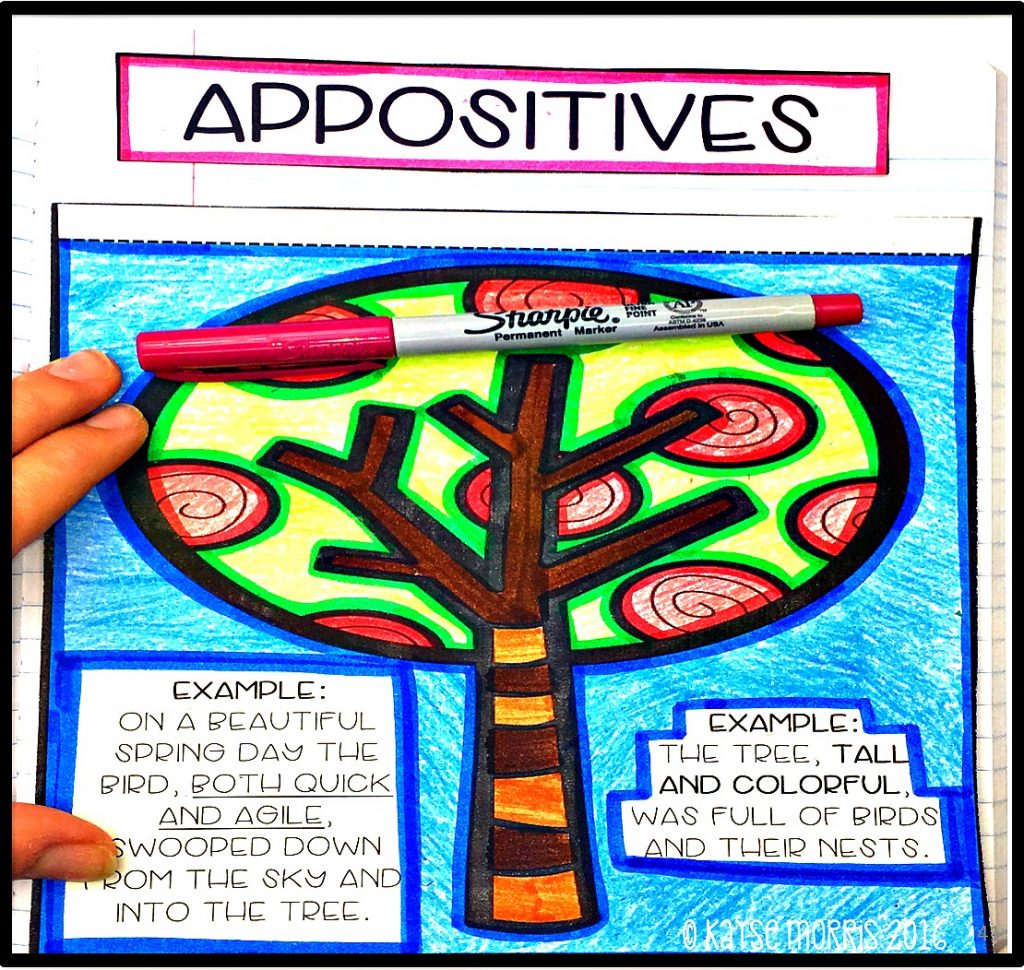
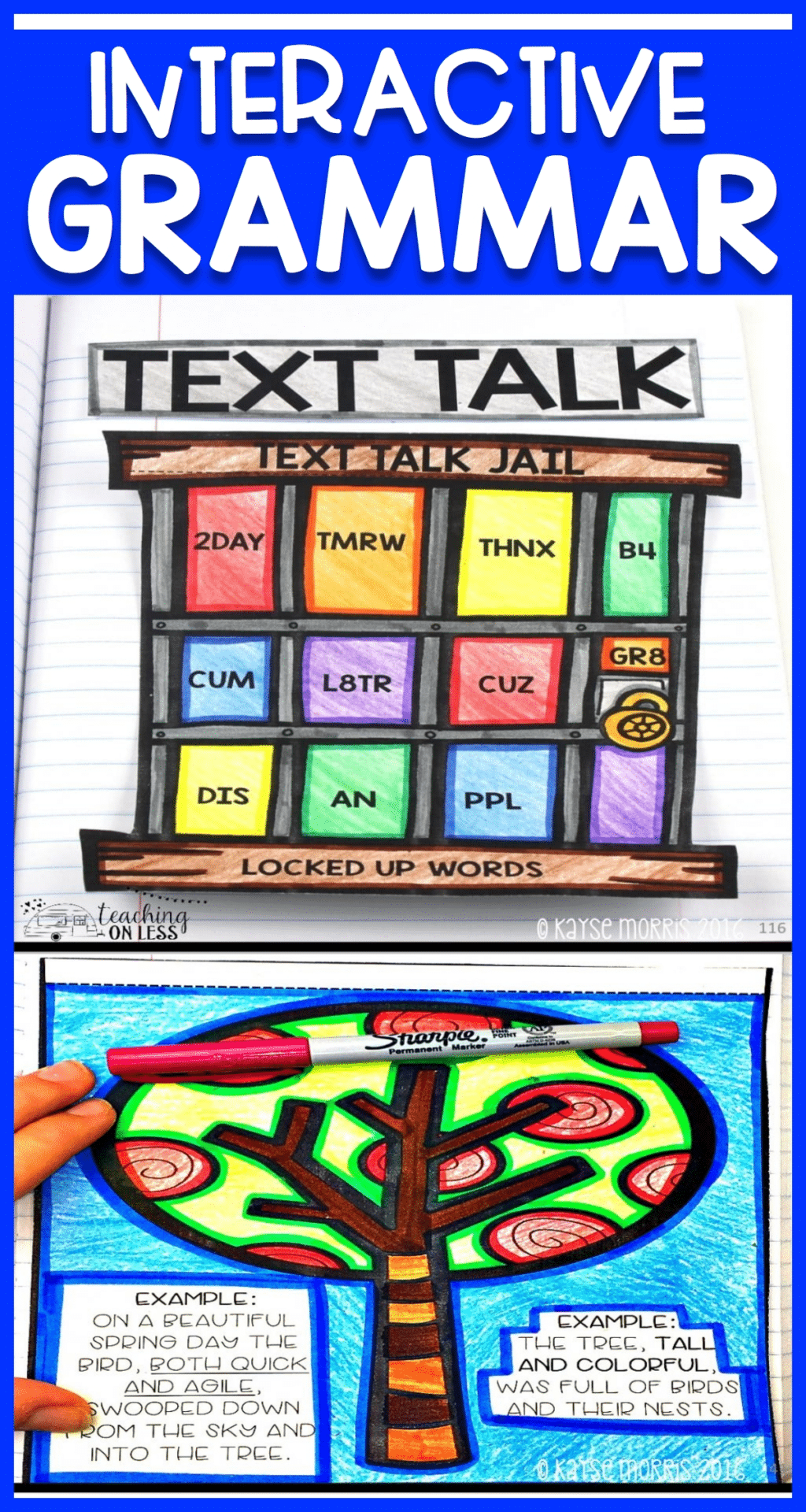
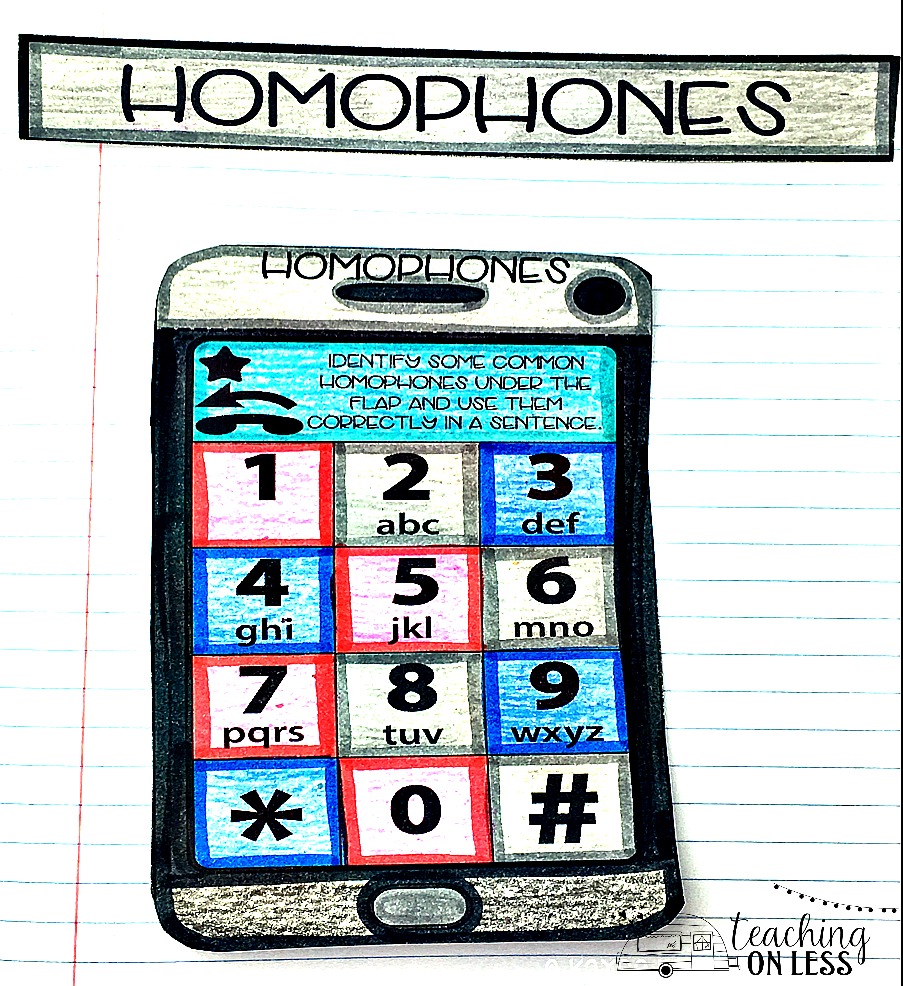

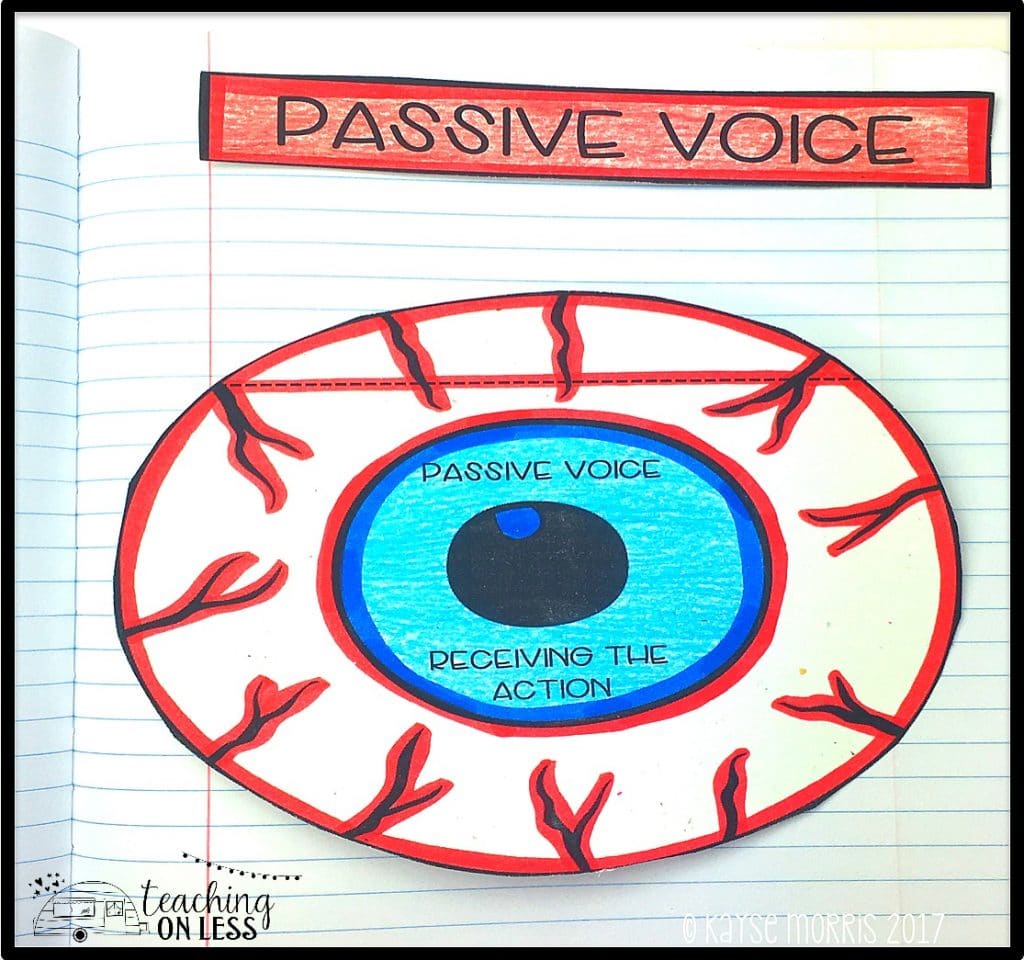
your comments